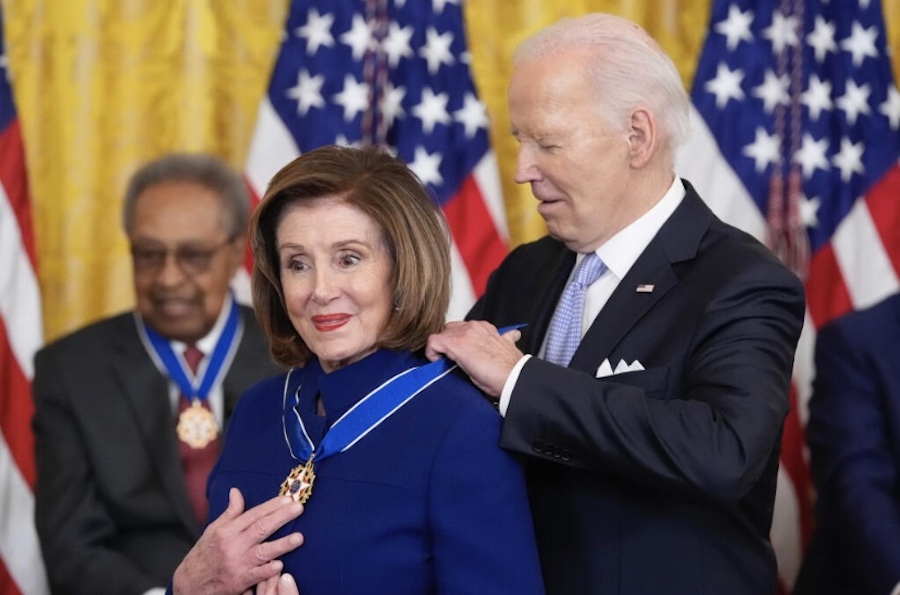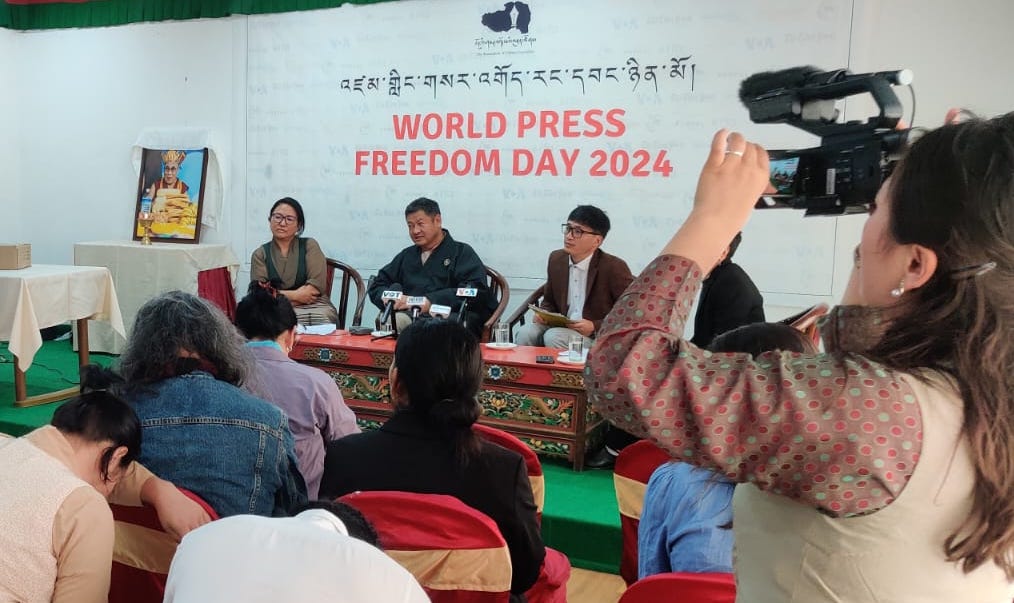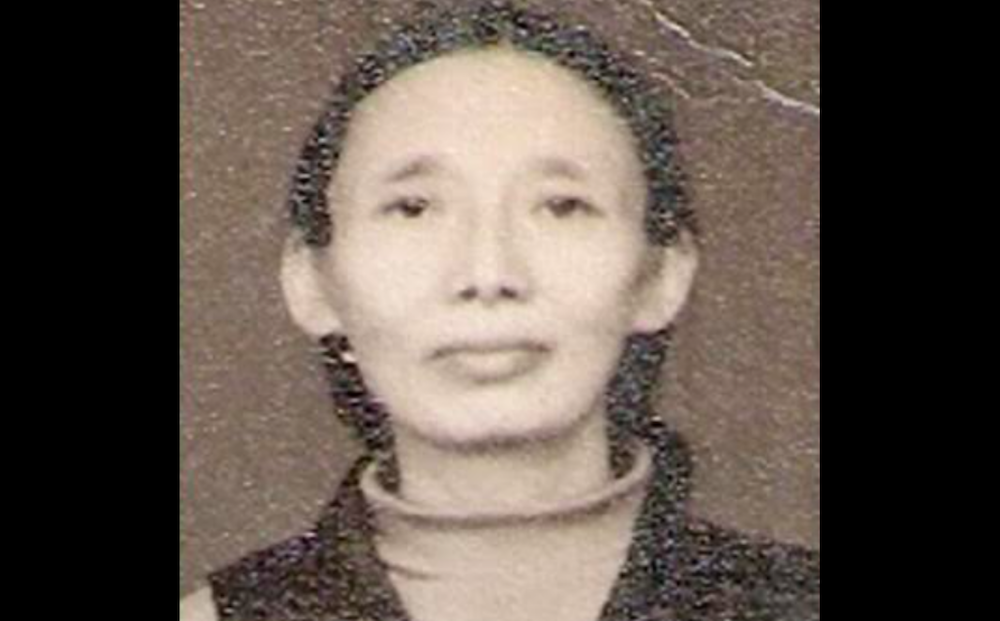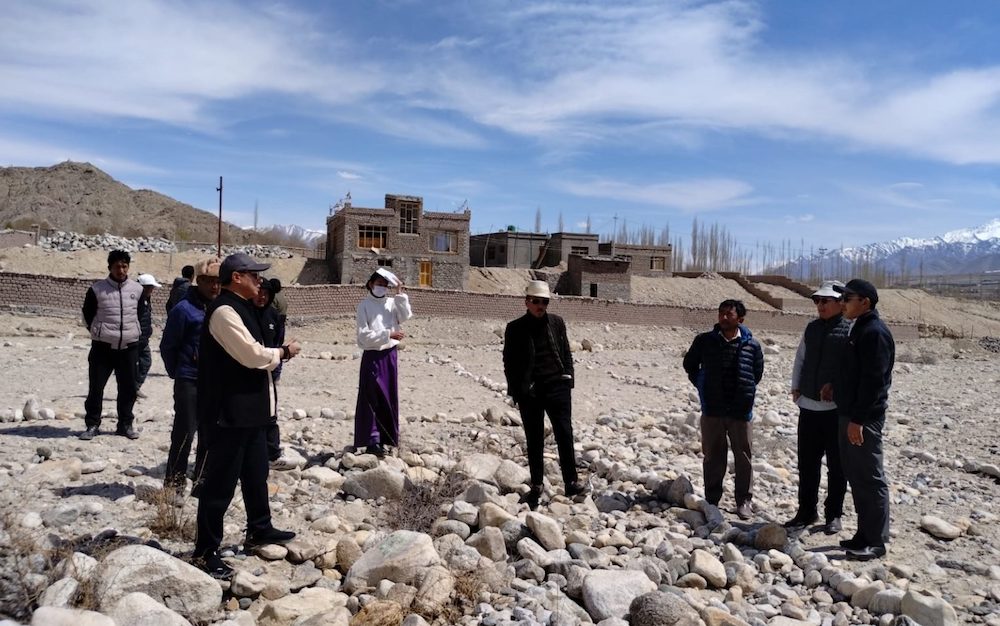By the editorial board of The Tibetan Political Review
At a time when Tibetans mourn the 49th self-immolation in Tibet, some uplifting news comes out of Washington DC. Two members of Congress have released an August 9 letter they sent to Secretary of State Hillary Clinton, calling on the Obama Administration to strengthen public diplomacy and form a multilateral forum to resolve the Tibet crisis. They specifically call for starting a “contact group” with like-minded governments to have focused meetings on Tibet.
Why is a “contact group” useful?
In 2011, the Syrian uprising grew out of the Arab Spring. Unlike in Tunisia and Egypt, however, Syrian president al-Assad chose to wage war against his own population rather than step down. In response, the U.S. and its allies formed a “Friends of Syria” contact group in 2012.
In Syria, the U.S.-led coalition did not want a direct military intervention, unlike in Libya. However, it also did not want to abandon the Syrian people. This “Friends of Syria” contact group allowed like-minded countries to coordinate policies and logistics to support the Syrian opposition, and to share information and intelligence. It also provided multilateral cover, so any one country would not feel too exposed in taking action.
Similarly with China, the U.S. has quietly pushed for multilateral action over territorial disputes in the South China Sea. China has used a “divide and conquer” approach, using its size to intimidate its smaller neighbors. China’s ally, Cambodia, even blocked an ASEAN resolution that would have mentioned Vietnam’s and the Philippines’ territorial disputes with China.
The countries of South-East Asia, with U.S. support, have had some recent success in banding together over the issue of Chinese expansionism in the South China Sea. The China Daily denounced the U.S. action as “stir[ring] up trouble” — a sure sign that this hit a nerve in Beijing.
How did the Tibet “contact group” proposal come about?
The August 9, 2012 letter
However, the proposal of a “Tibet contact group” did not spontaneously generate from this letter. This idea grew out of a strategic planning process that the global Tibet movement undertook, going back several years.
In 2008, the International Tibet Support Network (ITSN, now called ITN) released its Strategic Plan for the post-Beijing Olympics period. The Strategic Plan included a call for renewed pressure on governments to do things that did not require the cooperation of the Chinese authorities. One idea was to push for a forum in which like-minded governments (U.S., Canada, E.U. countries, Japan, etc.) could share information and better coordinate their policies on Tibet.
In 2009, Tapey’s self-immolation set off a renewed crisis in Tibet that dramatically increased with the 48 self-immolations since 2011. It was this sacrifice by these Tibetans, above all other factors, which led to renewed pressure for governments to “do something”.
Obviously, though, the Chinese government had become more and more resistant to outside pressure. This meant that the old approach of imploring Beijing to improve its human rights record and return to the (now-defunct) Sino-Tibetan dialogue would be futile. It also meant that expending energy prioritizing calls for a fact-finding delegation to Tibet -– which China has no incentive to allow -– would be naïve.
So the question became: “do what”? And how?
As mentioned, the U.S. and its allies discussed the Friends of Syria contact group back in 2011 and finally formed it in 2012. It serves as a useful precedent for governments acting in concert with like-minded allies, when the regime in question is not susceptible to normal diplomatic pressure.
In October 2011, ITN and Students for a Free Tibet (SFT) started asking members of Congress in the U.S., and members of parliament in other countries, to support a “multilateral approach” with the vision of a Tibetan version of “Friends of Syria”.
The Wolf-McGovern letter came on August 9, 2012. The following day, an RFA article
In sum, the Wolf-McGovern letter came about as the result of three forces:
1. Most importantly, the self-immolation of 49 Tibetans inside of Tibet has created a sense of crisis, demanding action.
2. The global Tibet movement has adapted its strategy, embracing factors that do not depend on the Chinese government to do or not do anything. This includes pushing for like-minded countries to coordinate their Tibet policy and through a multilateral forum.
3. The crisis in Syria has provided a valuable precedent in how a contact group can be used to try to advance humanitarian goals when individual countries may be hesitant to take individual action.
Pulling these three forces together, Congressmen Wolf and McGovern have shown the vision to issue a bi-partisan call for the U.S. government to take the lead in forming such a “Tibet contact group”.
It now remains to be seen whether the Obama Administration will adopt this sensible proposal. Clearly, the formation of a “Tibet contact group” is only a step – albeit a historic one. By itself it will not resolve the Tibet crisis, but it will make it more likely that any international action toward that end is as focused, coordinated, and effective as possible.
Article submitted by the Editorial Board of TPR.
[OPINION-DISCLAIMER]
Footnotes:
[FN1]http://en.wikipedia.org/wiki/Friends_of_Syria_Group
[FN2]http://chinawatch.washingtonpost.com/2012/08/us-using-islands-dispute-to-muddy-waters.php
[FN4]http://wolf.house.gov/uploads/1997%20Trip%20Report%20to%20China%20and%20Tibet.pdf
[FN5]https://www.studentsforafreetibet.org/campaigns/political-action/urgent-actions
[FN6]http://www.rfa.org/english/news/tibet/help-08102012141816.html









